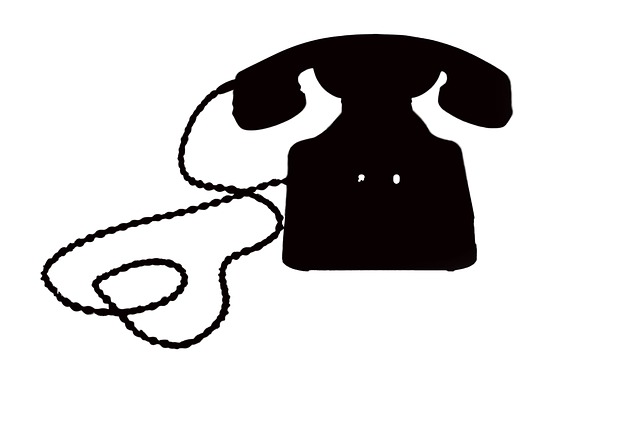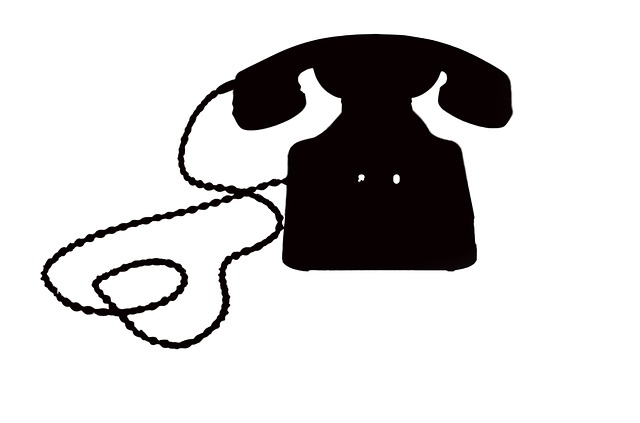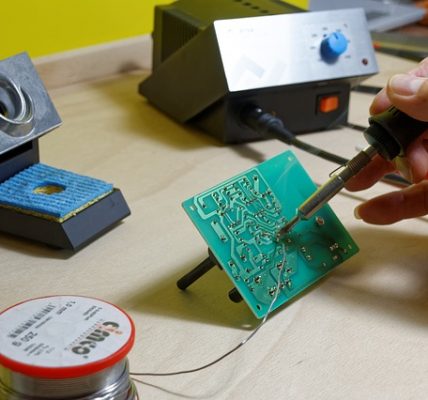
The PBX (Private Branch Exchange) telephone system has had a fascinating history starting from the early telephone switchboard operator to today’s sophisticated digital Internet PBX. Several innovations continue to take place and telephone systems are becoming more and more technologically advanced with new features being added all the time. Today, subscribers are making calls, sending and receiving voicemails, emails and faxes with their phones and over the Internet.
The entire telephone system revolution started many decades back in a primitive way with operators connecting callers to various extensions using switchboards and cords. The term PBX system meant a range of devices with differing capabilities. PBX system refers essentially to a business telephone system involving multiple lines that is able to connect both internally, between extensions, and to an external public telecoms network.
The primary purpose of a IP PBX system is to route incoming calls to the appropriate extension within the office and to share a group of phone or trunk lines between extensions. Although the basic guiding principle behind the operation of a PBX system has remained much the same, the technologies behind the systems have evolved tremendously over the years – reducing operating costs and simplifying the operational process.
There was initial hesitancy on the part of business community to accept the PBX systems despite the operational efficiency and cost and time savings they provided. In the 1990s PBX manufacturers started adding flexibility to their systems which allowed expanding them simply by adding ports and card instead of starting over with a new system. This infused fresh hope and confidence in the minds of the business owners and PBXs became more acceptable.
The concept of PABX (Private Automatic Branch Exchange) came into being in the 1960s. The PABX facilitated employees of an organization to make calls to one another within the same premises or get connected to an external line without the need to go through a receptionist. The PABX system also eliminated the need for a large amount of phone lines.
The term PBX has now become synonymous with Electronic Private Automated Branch Exchange (EPABX) and Private Automated Branch Exchange. PBX can handle many phone lines into or out of a particular location and is similar to a central office exchange – though much smaller and privately owned. Advanced PBX systems can facilitate both voice lines and data lines, route calls to other offices and to the public telephone network.
Over time, PBXs have become lot more refined and sophisticated. Many facilities and functions have been added to create a centralized communication hub. EPABX provide the ability to process digitized signals such as those involved in data transfer via the internet. This convergence of voice, messaging and data enables individuals and companies to improve their overall efficiency and reduce costs while helping businesses to increase productivity.
Modern day internet PBX uses remarkably efficient software and hardware that work smoothly without the assistance of full-time technicians. You can save further on costs if you opt for a hosted PBX service – in which case, you need not have to worry about ongoing maintenance or obsolescence.











![Watch Video Now on xiaohongshu.com [以色列Elevatione perfectio X美容仪 perfectio X 全新仪器黑科技了解下]](https://www.techburgeon.com/wp-content/uploads/2019/07/perfectiox-singapore-150x150.jpg)
